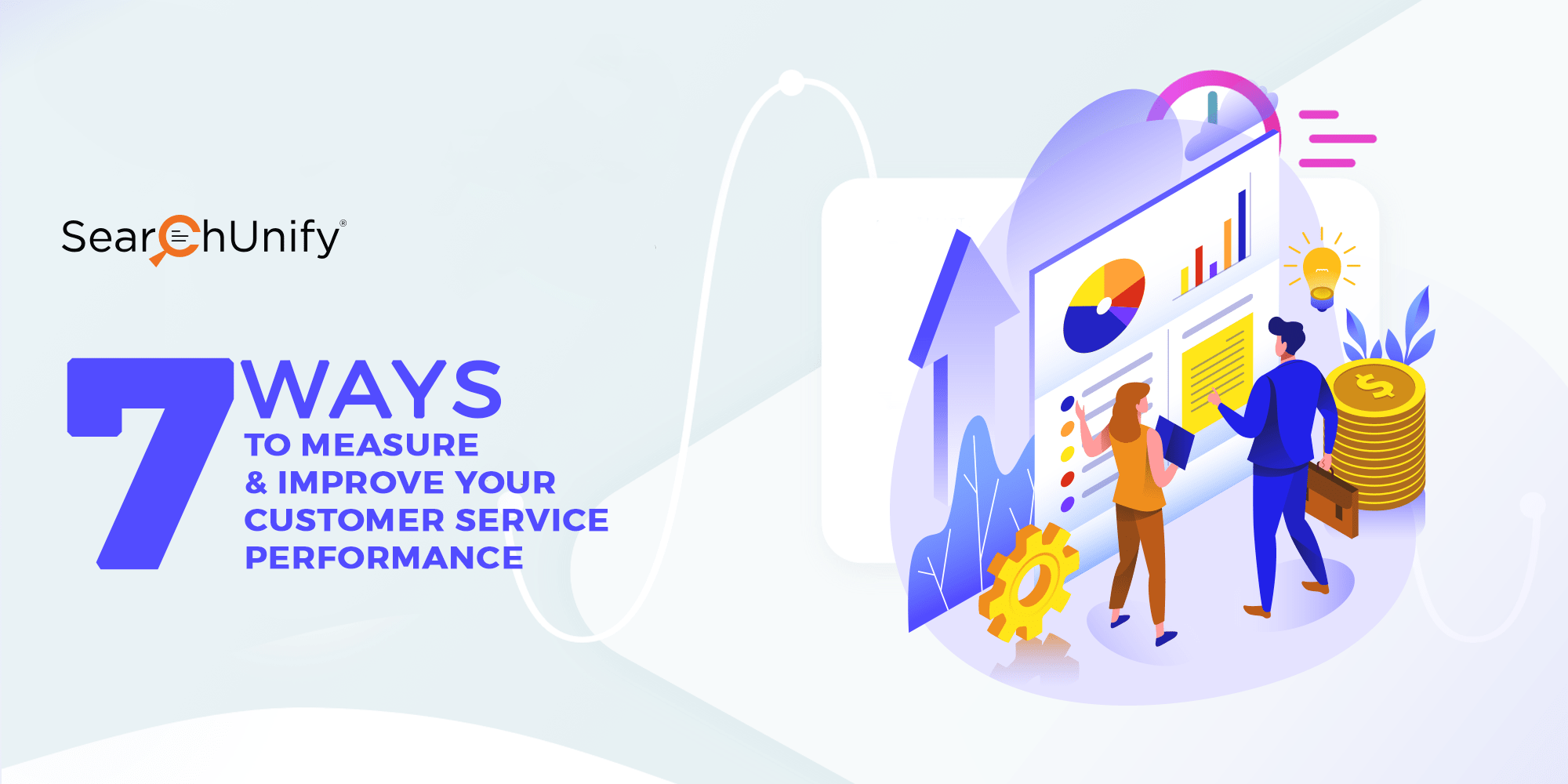
91% of disgruntled customers that don’t complain simply leave. And 76% of customers opine that it is now easier than ever to take their business elsewhere. These statistics only prove how customer experience has turned into the latest battlefield for businesses.
With 97% of customers having a “very good” or “excellent” service experience being “very” or “extremely likely” to tell people about it, it becomes absolutely essential to ensure your customers are happy with your service.
You need to have a fixed set of metrics on which you’re going to interpret how well your brand’s service function is performing. To help you with that, here are our top 7 customer service metrics that’ll help you understand your customer’s side of the story and ensure they remain loyal:
1. Average Ticket Count
This is one of the easiest and most important ways to quantify how well your support team is serving the customers. Let’s say a service issue cropped up that generated ten tickets in a single day. If your support reps fix the issue, it will close all the tickets generated due to the same. But if the problem is not fixed, more tickets pertaining to the same issue will be logged the very next day. This way, the average ticket count (daily/weekly/monthly) gives you a fair idea of how proactively your service team is performing.
TIP: Measure the tickets that are escalated and track if there are common topics that your customers need help with.
2. First Response Time
The first response is the time taken by your support rep to contact the customer for the first time after he has logged a ticket or case. The last thing your unhappy customers need is a delayed response. The more agents make them wait, the more infuriated they get. Just bear in mind that it takes 12 positive customer experiences to make up for a negative one.
Industry Benchmarks for First Response Time

Source : www.geckoboard.com
3. Average Case Resolution Time
Most of the organizations already have ticketing tools that measure the resolution time, i.e, the average number of hours/minutes between logging a particular case and resolving it. This is known as average case resolution time or mean time to resolve (MTTR). Taking too much time to resolve issues can significantly hurt customer experience and CSAT.

Source : www.thinkhdi.com
It should also be noted that a lot of times support reps just mark the ticket resolved even if the issue still persists just to make up their defined targets or ‘clear their queue’. Sometimes they give the customer a temporary workaround causing the problem to resurface later.
To avoid such situations, you should always ask the customer before closing a ticket. This way you can be sure that the calculated MTTR paints an accurate picture of agent performance.
4. Number of Hops per Ticket
You may not realize it but once anxious customers log a case with you, they repeatedly check for updates. No or slow updates really antagonize them. And when they see their ticket has been hopped to another agent who will take more time to understand the issue, you’re simply infuriating them.
If the ticket hops are increasing in your environment then it means either:
- Some agents aren’t taking their jobs seriously and this needs to be addressed by taking one-on-one meetings with them.
- Or higher-level queries are getting assigned to inexperienced agents which calls for checking the routing of tickets.
5. Net Promoter Score
Net Promoter Score (NPS) is a renowned method to ascertain how a customer’s experience has been of using your product or services. It’s a simple survey asking the customers how their experience has been and how likely, on a scale of 0-10, are they to recommend you to others?
You just have to analyze scores from different customers to see how much they love your brand. By taking into consideration the awarded score, you can make this metric more useful by asking a couple of follow-up questions, for example:
- For a rating between 0-5: You could ask what went wrong and suggestions for improving the product or service.
- For a rating between 6-8: Since it’s a good score, you can advance by showing more features and updates of your product to keep them engaged.
- For a rating between 9-10: In addition to the above, you could request them to share their rating/feedback over social media & turn them into your advocates.
6. Customer Experience
There are a lot of ways to measure this intangible, qualitative notion. For instance, at the end of every service interaction you could ask the customer if they were satisfied with the provided solution. If that’s not possible, then a simple follow up over chat asking about the service would suffice.
Then, a weekly report with all the received responses can be sent to the respective managers to analyze. It’s totally up to you how you want to connect with the customer post service. It could be via chat, phone call, email, or a form right after closing the ticket.
7. Number Of Customers Retained
“It is anywhere from 5 to 25 times more expensive to acquire a new customer than it is to keep a current one.” One of the easiest ways to retain them is by providing quality support and keeping them satisfied. The number of customers retained is a direct measure of how well your customers are getting along with your product and its services. And it’s really easy to measure. The number of customers retained is calculated as follows:
(No. of Customers at the end of a given period) – (Number of new customers in that period)/
Number of customers at the start of that period
Wrap-Up
Customer service is all about making your customers’ lives easier. Hence, it goes without saying that having the right metrics to measure your service performance is extremely important. To continuously refine your service and create better customer experiences, measure all the above-said metrics regularly.
Worried about How to Start? We’re Here to Help!
If you want to provide the customers with a stellar experience, you need to start by upskilling your agents and improving your contact center quality. Because they are what makes your customer service great. Read about it in more detail in our ebook.














